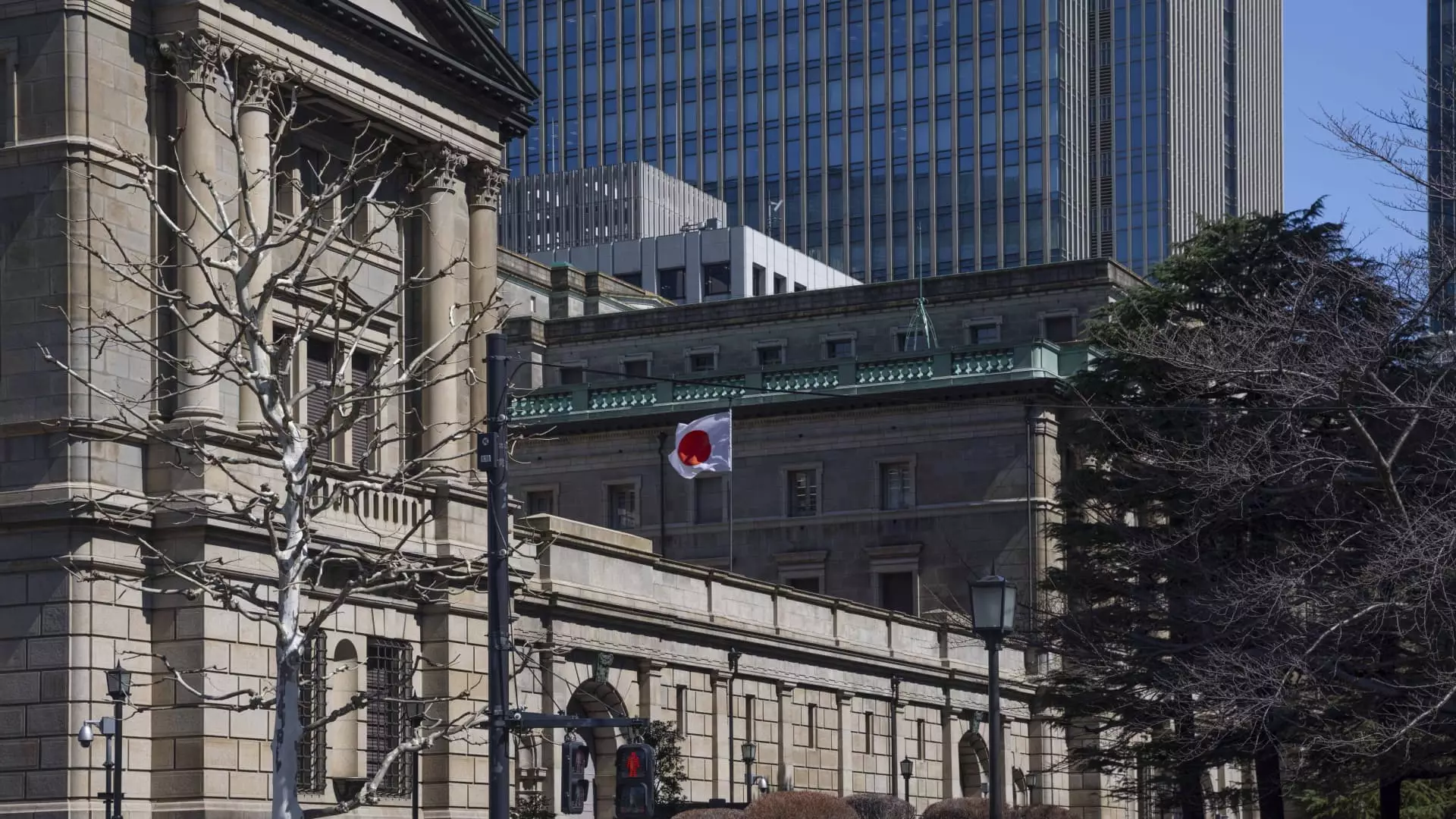On Wednesday, the Asia-Pacific financial landscape exhibited a bullish trend, with considerable gains anticipated across various markets. Notably, futures for Hong Kong’s Hang Seng Index projected an impressive 4% increase, signaling robust investor sentiment even before the market opened. The futures indicated an uptick to 19,763, a significant leap from the index’s previous close of 19,000. This optimistic outlook reflects a broader reaction to recent policy announcements and economic indicators emerging from the region.
The momentum in the markets was significantly bolstered by measures introduced by the People’s Bank of China. Investors reacted favorably to the slate of economic support measures aimed at stabilizing growth, resulting in a remarkable rally in Chinese markets. The Hang Seng Index reported its most substantial gain in seven months, which echoes a larger trend of recovery following a period of turbulence. Meanwhile, the mainland’s CSI 300 Index achieved its highest one-day growth in over four years, illustrating a solid rebound driven by renewed investor confidence. The proactive stance of the central bank communicated a commitment to managing economic challenges effectively.
As traders directed their attention towards Australia, they awaited the release of inflation data that could further influence market performance. Analysts forecasted a year-on-year rise of 2.7% in the consumer price index, which is expected to provide insights into the state of the Australian economy. The S&P/ASX 200 index also joined the upward momentum, posting a modest gain of 0.25% after a two-day decline. The expectations surrounding the inflation figures are essential in shaping the Reserve Bank of Australia’s monetary policy decisions in the coming months.
In Japan, market reactions presented a mixed bag of results. The Nikkei 225 index crept up by 0.14%, signaling some resolve in the economy, while the broader Topix index saw a slight decline of 0.17%. These fluctuations hint at underlying tensions within the market and could point to external factors at play that influence investor behavior. Meanwhile, South Korea demonstrated robust growth on its exchanges, with the Kospi increasing by 0.42% and the Kosdaq benefiting from a 0.51% rise, showcasing a resilient small-cap sector. The introduction of South Korea’s “Korea Value Up Index,” scheduled for launch on September 30, signifies a strategic focus on enhancing value in the IT and industrial sectors, which are set to account for over 40% of the index’s composition.
The recent gains in the Asia-Pacific markets were underscored by buoyant performances in the U.S. equity markets. On Tuesday, the S&P 500 reached a new record high, up 0.25% to 5,732.93, while the Dow Jones Industrial Average also established a record close at 42,208.22 with a 0.2% gain. The surge in the Nasdaq Composite, which rose 0.56% thanks to an impressive performance by chipmaker Nvidia, further fueled global investor confidence. Nvidia’s stock appreciated close to 4% after its CEO completed the sale of his shares, marking a significant moment for the tech giant as it actively positions itself within the growing AI sector.
As Asia-Pacific markets exhibit promising signs of recovery, sustained investor optimism hinges on both domestic economic indicators and the broader global economic landscape. The cohesion within these elements suggests a resilient trajectory for the region’s markets moving forward.


Leave a Reply